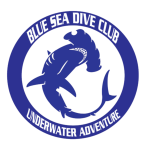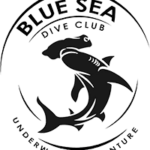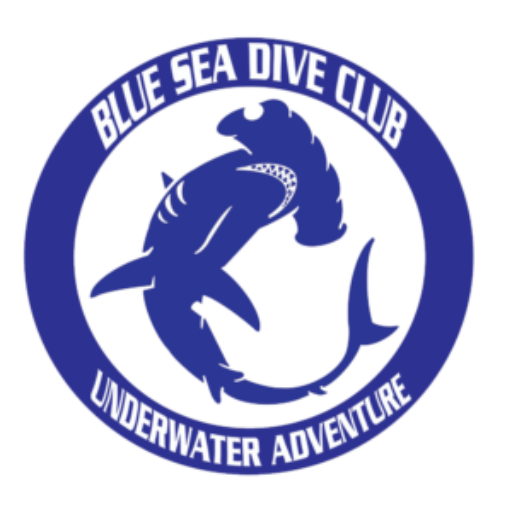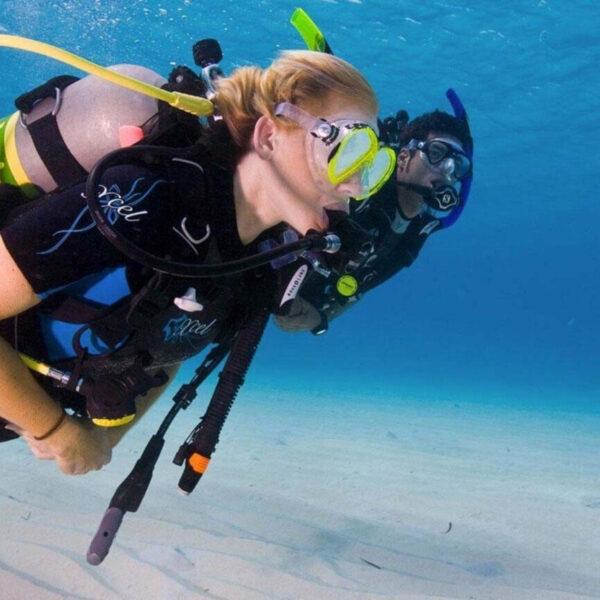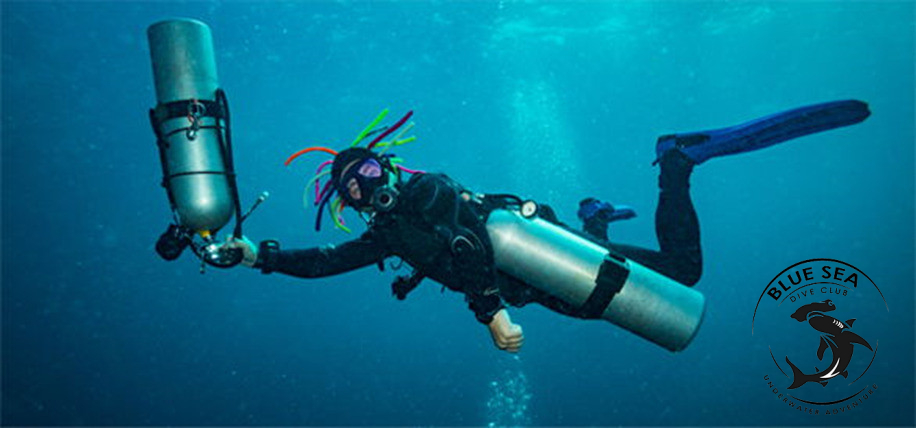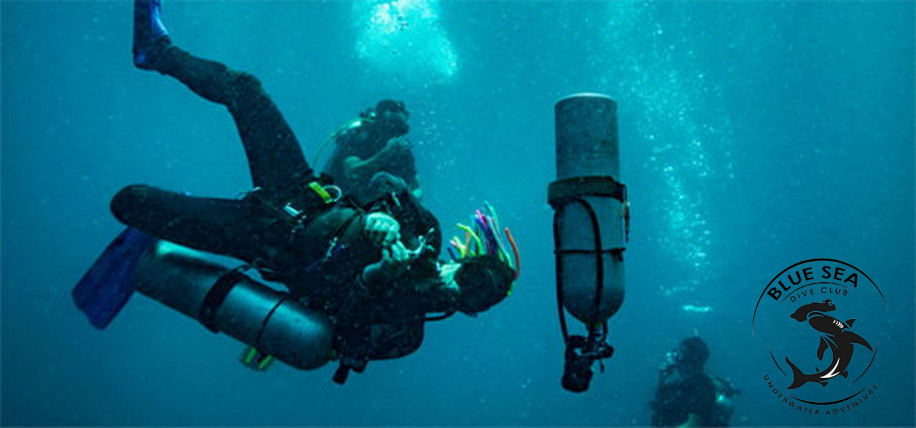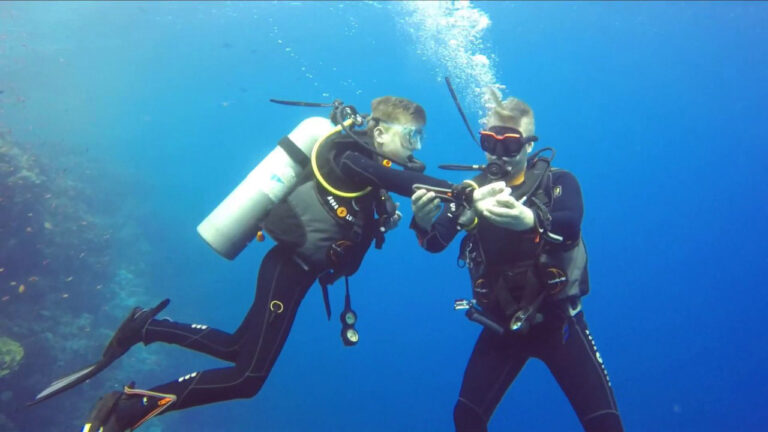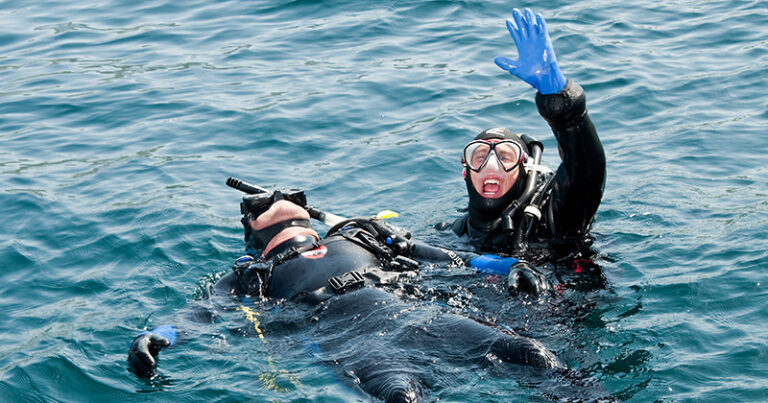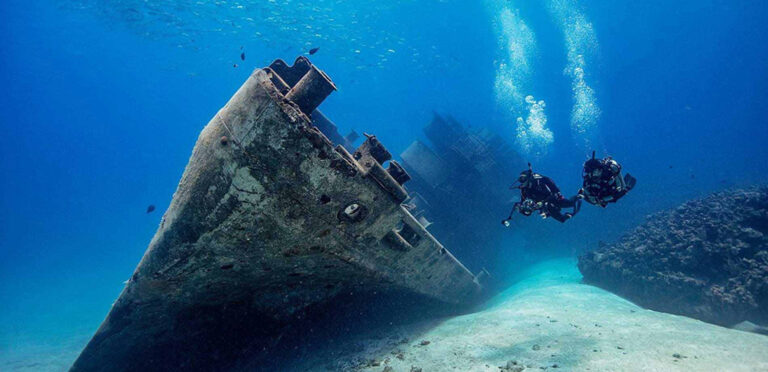Course Includes
- Local guide
- Hotel pickup and drop-off
- Transport by air-conditioned minivan
Course Excludes
- DVD (available to purchase)
- Food and drinks
- Entrance fees only when diving in the national parks
Course Details
Side mount diving is now growing in popularity within the technical diving community for general decompression diving, and is becoming an increasingly popular specialty training for recreational diving, with several diver certification agencies offering recreational and technical level side mount training programs.
The side mount diving approach offers divers significant benefits to the flexibility of their approach. Unlike back-mounted twinsets, acquiring and transporting side mount suitable cylinders is often much more convenient and accessible. Side mount diving configuration allows the travelling diver to conduct technical and/or overhead environment dives without having to source traditional back-mounted twin cylinders. When diving in remote locations, the transportation of diving cylinders, especially by hand, is considerably
Unlike back-mounted cylinders, the side mount diver has immediate access to, and observation of, the regulators and tank valves of their cylinders. This enables immediate problem identification and allows swifter resolution, without recourse to ‘behind the head’ shut-down exercises that require a higher level of flexibility and freedom to operate.
Side mount diving configuration places the cylinders under the diver’s armpits, in line with their body. This decreases water resistance improving air consumption and reducing fatigue. The flexibility to remove tanks, and propel them in front, allows the diver to pass through very small passages and holes when penetration diving – being limited only by the size of their bodies and exposure protection
The ability to attach, remove and replace cylinders whilst in the water allows the diver to avoid ever having to carry heavy-weight back-mounted cylinders. This is combined with reduced physical exertion when conducting regulator shut-down procedures, which is a major benefit to technical divers who suffer from shoulder or back discomfort or reduced mobility from old injuries.
Increased accessibility to life-supporting regulators, first-stages and valves improves efficiency and speed of critical cylinder shut-down procedures, allows immediate gas-loss identification and provides the diver with quick access to alternative safety procedures; such as regulator swapping (between cylinders)… or even breathing directly from a tank valve. In addition, stowage of the cylinders next to the diver’s torso, and beneath his armpits, serves to protect vulnerable valves and regulator first-stages from collision, impact and abrasion damage, or accidental shut-down through contact with a ceiling. It also significantly reduces the risk of entanglement behind the diver, where it is least easy to rectify.
Level 1: “Recreational (Rec or Basic Sidemount)”
Aims to develop initial equipment familiarity and operation. At this level, students are taught to adjust, fit and operate the side mount rig, whilst diving with one or two cylinders maximum.
These training courses then develop core diving skills that are specifically relevant to side mount – namely: trim, buoyancy, alternative propulsion techniques and cylinder handling in the water.
Various harness/BCD configurations have been used to Sidemount cylinders. The choice between different configuration approaches is typically determined by the nature of the diving undertaken (open water, technical, wreck or cave) and by the divers’ existing equipment, financial budget and whether they have a preferred approach to diving philosophy. The size/ material/ volume of diving cylinders to be used also has a large impact on sidemount BCD requirements.

